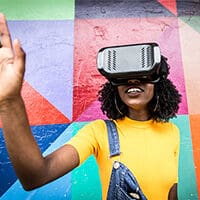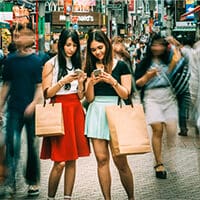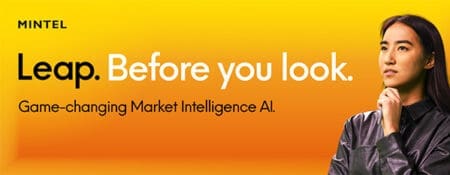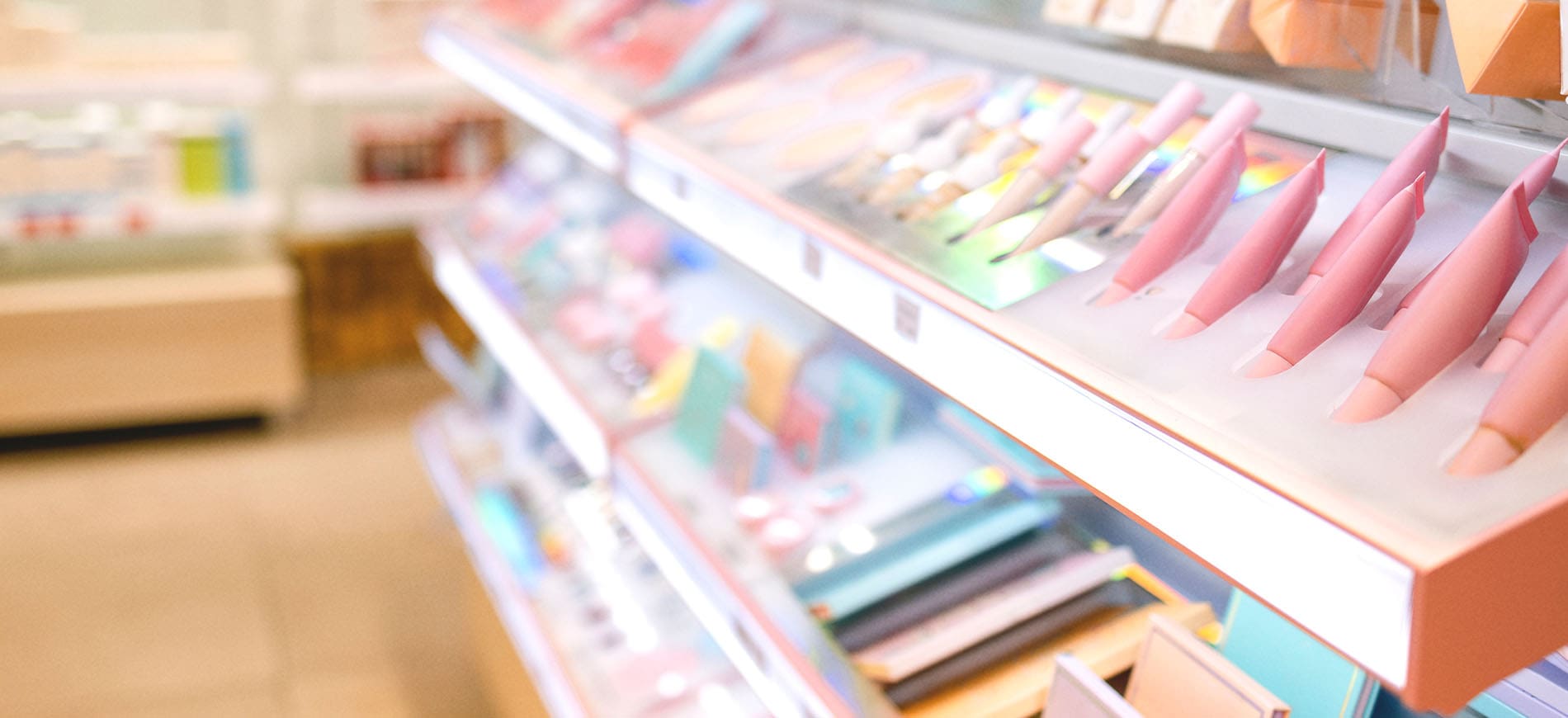Each generation can be defined by their various subcultures and countercultures. Baby boomers, Gen X and Millennials all sprouted unique and identifiable groups, often made notable when entering the beginning phases of adulthood. Subculture labels provide individuals with the opportunity to identify who they are and where they belong in the world.
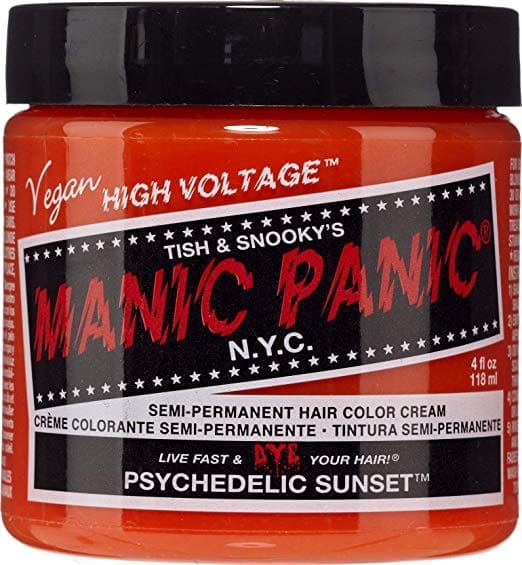
Throughout history, young adults have utilized their outward appearance to express their personality and beliefs to the world. In fact, it’s often the iconic stylistic choices of subcultures that provide the most notoriety. Individuals with avant-garde hairstyles, such as mohawks dyed to a bright fluorescent color might be identified as a “punk”, a counterculture that generally shares anti-establishment ideologies. The stylistic choices of this group impact brands shopped, particularly in beauty. For example, to achieve their desired hair style, they will seek brands that align with their values, such as Manic Panic.
As Gen Z comes of age, the structures of their subcultures are revealed, with a unique twist that sets them apart from previous generations. Evident by the names of the archetypes alone, it becomes clear the most impactful social and cultural force influencing today’s teens is social media.
Gen Z subcultures
VSCO Girl
VSCO is the name of a popular photo editing app, which allows users to apply filters and share images online. The label “VSCO Girl” generally refers to young women that presumably use VSCO filters to post online, and is identified by traits such as using minimal makeup, wearing oversized shirts and hair scrunchies, and using reusable water bottles. These traits indicate this consumer’s engagement on social media, preference towards natural looks, and value placed on sustainability.
E-Girl
“E-Girls” (the “e” typically meaning electronic), are often stereotyped as video game players, and tend to be more creative and value artistry, inferring this consumer may be more likely to experiment with a wide variety of makeup and hair looks as a way to express their individualism.
Instagram Baddies
“Instagram Baddies” refers to a group of consumers known for keeping up with makeup and fashion trends, and generally opting for specific brand names. This subgroup is likely to be influenced by celebrities and is heavily invested in their grooming routines.
Gen Z on display
Mintel Trend ‘On Display’ explores how people and brands have become more aware that they have a digital persona to nurture and grow as much as they have a physical self. This has created a growing tension where everyone is fighting for attention and nobody is safe from scrutiny and backlash. Gen Z has grown up using social media, making them acutely aware and sensitive to how they are perceived online. To shield themselves from backlash and scrutiny, Gen Z may seek digital communities as a means of protection, and digital personas as a way to help them identify who they are in the world. This is especially important considering the life stage factors this generation is experiencing, such as entering puberty, going off to college and joining the workforce. These events are often when people are at their most vulnerable, resulting in insecurity and a desire to be accepted. While this isn’t the first generation to experience the daunting nature of adolescence, it is arguably the first to find solace and acceptance by manifesting online personas and communities.
As consumers grow increasingly invested with their online image as a way to define themselves, they will seek brands that align with their digital personas. Two in five consumers aged 18-34 want to follow social media accounts that are similar to them, according to Mintel research on internet influencers. Mintel Trend ‘Buydeology’ discusses how consumers are affiliating themselves with companies that share their cultural and ideological values. This will impact purchase decisions as consumers will gravitate towards items that fit with their online aesthetic and vibe, making a seamless transition from online to real life. Moreover, brands can engage with Gen Z subcultures by surpassing the influencer barrier and interact with everyday consumers directly on social media.
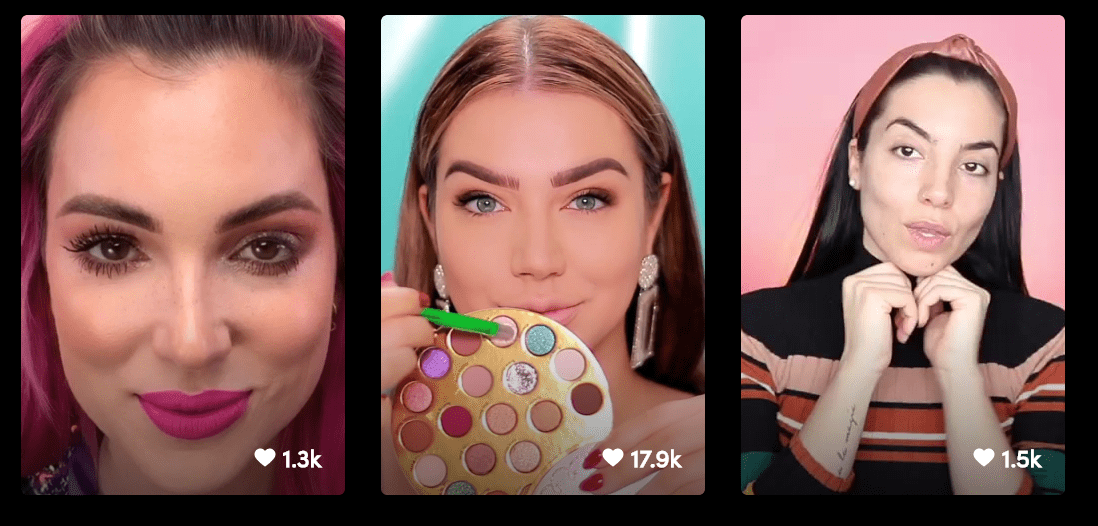
For example, after noticing an increase in sales for one of their products, cosmetic brand Too Faced discovered the surge was thanks to an organic viral challenge on short-form video app TikTok. This inspired the brand to replicate the success for their new mascara launch, which encouraged TikTok users to showcase before and after looks using the hashtag #TFDamnGirl. As opposed to traditional sponsored influencer posts, this campaign encouraged everyday individuals to participate and engage with the brand, making the content feel more organic. When consumers interact and actively participate with a brands social media campaign, it creates a virtual personal relationship, which develops an emotional connection and strengthens the brand-consumer relationship. Additionally, using everyday people to promote brand content boosts authenticity, and may inspire consumers to present a more “real self” when engaging with social media, alleviating the cognitive dissonance between real life identities vs online personas.
What we think
Consumer-led social media campaigns present a unique opportunity for beauty brands hoping to reach Gen Z subcultures, as appearance is a key factor for differentiating these groups. Beauty brands can leverage this trend by including everyday consumers in social media initiatives. By increasing interactions, brands gain valuable insight in the minds of their consumers. From understanding their behaviors, wants and needs, brands will be able to develop targeted products that reflect the ethos of their consumer base, leading to meaningful product innovations.

